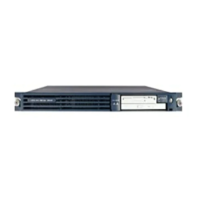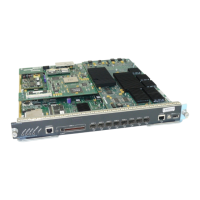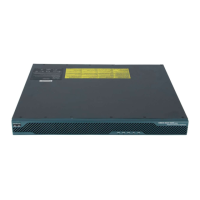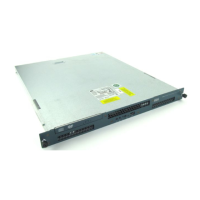2-11
Cisco IP Communicator Administration Guide for Cisco CallManager
OL-4698-01
Chapter 2 Preparing to Deploy Cisco IP Communicator
Adding Devices to the Cisco CallManager Database
Adding Devices with Auto-Registration
You can use this method without first gathering MAC addresses from client PCs.
When auto-registration is enabled, Cisco CallManager provides a directory
number as soon as you run the Cisco IP Communicator application after
installation. During auto-registration, Cisco CallManager automatically assigns
the next available sequential directory number to the device.
You can use auto-registration to quickly submit devices into the
Cisco CallManager database. You can then modify settings, such as the directory
numbers, from Cisco CallManager. Additionally, you can move auto-registered
devices to new locations and assign them to different device pools without
affecting their directory numbers.
For information about enabling and configuring auto-registration, refer to
Cisco CallManager Administration Guide.
Related Topics
• Adding Devices with Auto-Registration and TAPS, page 2-11
• Adding Devices with Cisco CallManager Administration, page 2-12
• Adding Devices with BAT, page 2-13
• Deployment and Configuration Checklist, page 2-5
Adding Devices with Auto-Registration and TAPS
You can use this method without first gathering MAC addresses from client PCs.
TAPS, the Tool for Auto-Registered Phones Support, works in conjunction with
the Bulk Administration Tool (BAT) to update devices that were previously
added to the Cisco CallManager database using dummy MAC addresses. Use
TAPS to update MAC addresses and download pre-defined configurations for
Cisco IP Communicator devices.
To implement TAPS, you or the user dial a TAPS directory number and follow
voice prompts. When the process is complete, the Cisco IP Communicator device
downloads its directory number and other settings, and the device is updated in
Cisco CallManager Administration with the correct MAC address.
